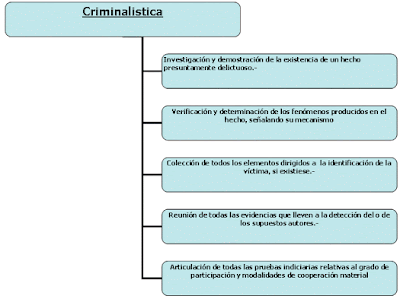 We have heard
them mentioned again and again in series such as Lie To Me, being
"protagonists" in the art of determining if a person is lying or not;
We know they have to do with the expressions of our face, but what are they
really? How do they manifest?
We have heard
them mentioned again and again in series such as Lie To Me, being
"protagonists" in the art of determining if a person is lying or not;
We know they have to do with the expressions of our face, but what are they
really? How do they manifest?
The
microexpressions are involuntary movements of the muscles of the face, in
especially emotional moments and that are related to a situation that can cause
us anxiety; either for positive or negative reasons. Currently, it has been
determined that the seven basic emotions (Happiness, anger, sadness, surprise,
contempt, fear and disgust) can not be "falsified", because the
muscles of the face move, in most cases, automatically, and there is no way we
can reproduce those movements in a perfectly conscious way, even with a lot of
practice. Even professional actors, whose work is precisely in that
falsification, could not be more effective than those not initiated in the
performing arts if they face a situation of imminent danger or deep emotional
stress, because their reaction will be as primary as ours. .
Automatic and
involuntary
The
microexpressions are not called precisely because they are very small, but
because their duration in the human face is incredibly short (approximately one
twentieth of a second). At such speed, and combining it with conversation, body
movements, manual gestures and lighting (all the elements that distract), it is
very possible to ignore them. That is why for a true study of those
micromotions, it is necessary to film the subject in high definition, so that
we have the possibility to see the recording again and again, if possible,
frame by frame.
To facilitate
its study, Paul Ekman, an American scientist, created the Facial Action Coding
System (FACS), which is a method for classifying the movements associated with
the muscles of the face. Since the combination of the movements of the
individual muscles would be a titanic but impractical task, Ekman decided to
group the muscles into "groups" or units of action, in such a way
that their classification was easier. Of course, the phrase "easier"
is a euphemism that falls short, because even with this simplified approach it
is possible to count more than 10,000 different facial expressions.
The
"Wizards Project"
Ekman carried
out an investigation called "The Wizards Project (magicians)", later
called Project Diogenes. It was to determine what percentage of the population
was able, in a natural way, to determine at a glance if a person is lying or
not. The so-called "Magicians" that determined the study, were those
people who could locate lies with an effectiveness greater than 80% (presumably
for its facility to detect microexpressions in a natural way), while an
ordinary person is not much better than a person. 50% random The study revealed
that only 0.0025% of the population has this ability, because of 20,000 people
studied, only 50 met the criteria. Facts like this have helped to feed the
"myth" of mentalists who are able to read people's minds, when in
reality they are simply individuals with an excellent capacity for observation.
Practice
makes a master
There is also
an online tool called Micro Expression Training Tool (METT) which is a very
simple flash application where we can learn about microexpressions and the
different types of emotions, which muscles are involved in which manifestation
and practices or "drills" to review our abilities. Obviously, as we
move with the tool, it becomes progressively more difficult; and on the other
hand, the exercises that previously seemed impossible to us begin to be solved
with great ease, since our brain is getting used to seeing precise areas of the
face that are common to several emotions.
Current
applications
The study of
facial microexpressions has proved its worth in many different fields such as
criminology, psychology, medicine and even 3D character animation.








